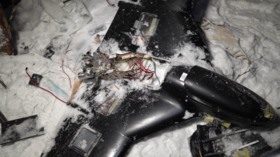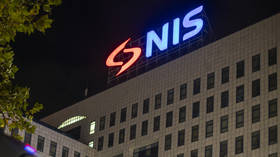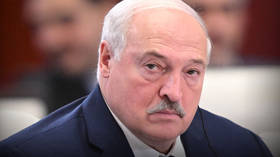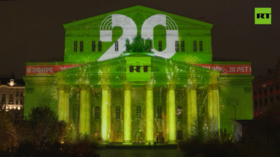Russian military to order major research to counter ‘color revolutions’
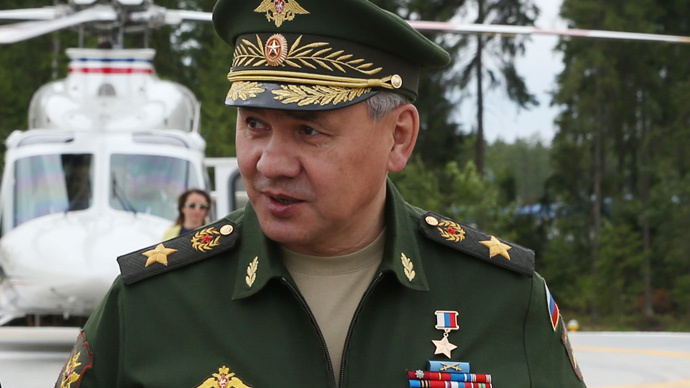
Russian Defense Minister Sergey Shoigu has told reporters that the military will sponsor a major research of coups conducted through mass protest – so called ‘color revolutions’ – to prevent the situations that Russia faced in 1991 and 1993.
“Some people say that the military should not be involved in political processes, some say the direct opposite. We will order a study on the phenomenon of color revolutions and the military’s role in their prevention,” Shoigu told the participants of the Army-2015 political forum Friday.
“We have no right to allow the repetitions of the collapses of 1991 and 1993,” he said. “How to do it is another story, but it is clear that we must deal with the situation. We must understand how to prevent this and how to teach the younger generation so that it supported the calm and gradual development of our country.”
The minister added that the consequences of color revolutions can be now observed in many Arab nations and also in Serbia. He also said that the Ukrainian crisis that started in 2014 also was “a major tragedy in the row of color revolutions.”
READ MORE: Russian security doctrine to be adjusted after Arab Spring, Ukraine turmoil - official
In March this year the head of Russia’s Security Council, Nikolai Patrushev promised that this body would develop a detailed plan of action aimed at preventing color revolutions or any other attempts of forceful change of lawfully elected authorities through mass street protest. He also said that the Security Council had prepared a list of proposed measures that could negate the possible threat, including some steps against “network protest activities” and propaganda work against “romantic revolutionary stereotype.”
Also in March, President Vladimir Putin addressed the dangers of color revolutions in his speech to the Interior Ministry. “The extremists’ actions become more complicated,” he said. “We are facing attempts to use the so called ‘color technologies’ in organizing illegal street protests to open propaganda of hatred and strife on social networks.”
READ MORE: Police want to broaden law on rallies, cover new forms of protest
In the same month, the Interior Ministry drafted a bill containing amendments to the law on rallies that covered car protests and sit-ins. The ministry experts said that the move would circumvent legal ambiguity in the interest of society as a whole.
In November, Putin blasted color revolutions as a main tool used by destructive forces in the geopolitical struggle. “In the modern world, extremism is used as a geopolitical tool for redistribution of spheres of interest. We can see the tragic consequences of the wave of the so-called color revolutions, the shock experienced by people in the countries that went through the irresponsible experiments of hidden, or sometimes brute and direct interference with their lives,” the Russian leader said.
In January, a group of Russian conservative activists, uniting war veterans, nationalist bikers and pro-Christian politicians launched an “anti-Maidan” political movement in Moscow to oppose any attempts to thwart the stable development of the country. Its first rallies were held on the same days as some anti-government protests and according to law enforcers the conservatives outnumbered the pro-revolution activists by almost 10-fold.


